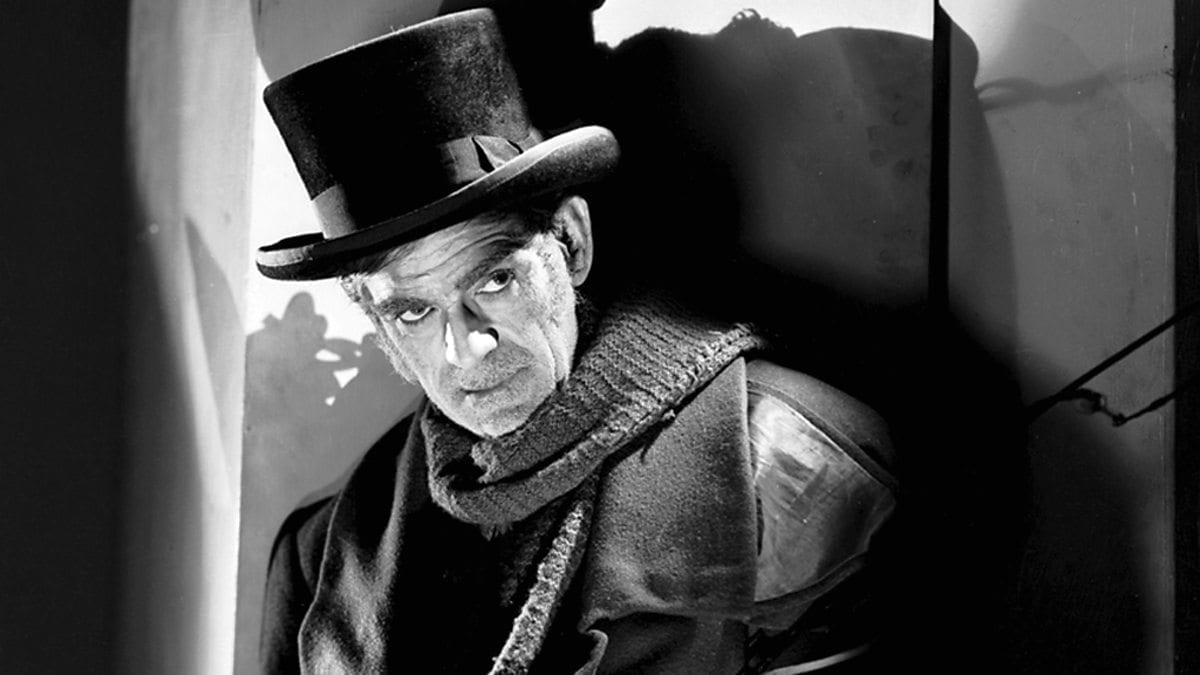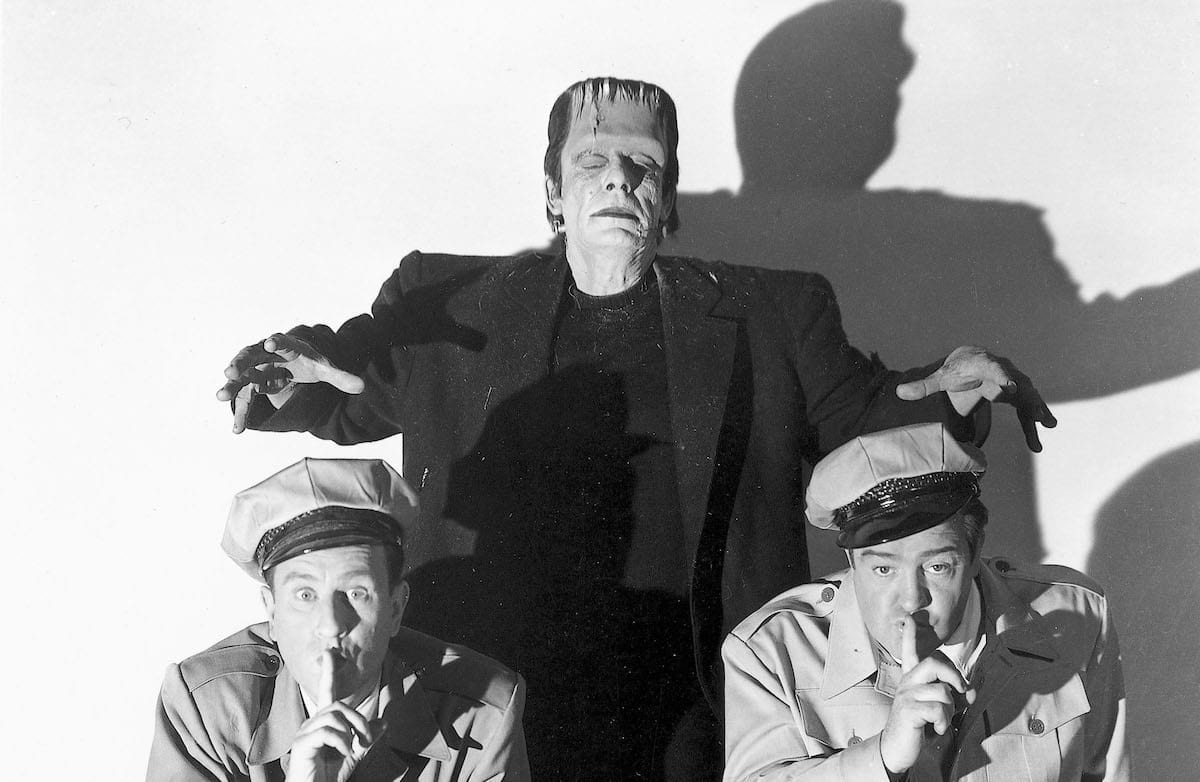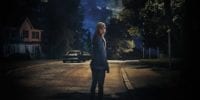The horror genre has existed in cinema for over a century—in other words, horror films have been around about as long as motion pictures themselves. From the earliest horror short films directed by Georges Méliès in the 1890s to the faceted, robust production industry that propels the genre today, horror movies have always served us by enabling us to project our forbidden desires and secret fears while formalistically stretching cultural boundaries. Our Horror Through the Decades series examines definitive qualities of the horror genre in each decade from the 1940s through the 2010s.
This week, join Varden Frias as he kicks us off with a discussion of horror classics from the 1940s.
Like any other genre, horror has been around about as long as entertainment has existed. Perhaps even longer. H. P. Lovecraft, the beloved cosmic horror author, once said that “the oldest and strongest emotion of mankind is fear, and the oldest and strongest kind of fear is fear of the unknown.” Filmmakers and authors of the 1940s certainly did not take this concept to heart. Although the horror genre of cinema arguably began with The Cabinet of Dr. Caligari in the 1920s, the genre itself has birthed many decades of quality entertainment influenced by the bizarre circumstances of the real world. Many horror films and books reflect the fears of the time, after all, and it’s no surprise that the 1940s would produce quality content of the macabre kind. What transpired, however, was not expected.
In the first half of the 1940s, the world was caught up in war. Most industrialized nations were wound up in the hairs of a second world war and by the end of it, the explosion of a nuclear blast was felt around the world as Hiroshima and Nagasaki were obliterated so wholly that they remain toxic to this day. Monsters in horror entertainment dominated the 1940s with new creepy crawlies and monsters skulking in the shadows.
Most, but not all, of these monsters were symbols of the world’s collective fear. The monsters of these 1940s horror reels were sympathetic and wounded. The Wolf Man (1941) was a prime example of the sympathetic monster, along with many other adored cinematic masterpieces featuring actors Boris Karloff, Bela Lugosi, and Lon Chaney. The villain was not the monster but the intangible evil of prejudice and how deadly fear of the unknown. This is quite an interesting concept when paired with how reactionary people became to their fear of the unknown in later decades.
The early 1940s in America saw monster films and had yet to deal with the horrors of a nuclear Holocaust. The world was brimming with war. More and more, the sensibilities of natural science disproved the monsters of old. Fear of monsters dwindled to stave off the tangible fears of Nazi invasions and a tarnished economy barely scraping by from the wreckage of the Great Depression. With the conservative dress code and sensibilities of a post-Depression era society, it would seem that the 1940s wouldn’t bother with a slew of monster movies and horror fiction to dazzle new audiences. Yet, there they were, hopping from cinema to cinema and garnering national and international acclaim to audiences wishing for a distraction during such uncertain times.

Perhaps what pleasantly shocked audiences more than a good monster flick was the introduction of horror-comedy to the proverbial stage. Abbot and Costello’s appearance in many classic horror crossover movies, such as Abbott and Costello Meet Frankenstein (1948) and Abbott and Costello Meet the Killer (1949), made the audiences laugh as much as they screamed in delight. Other comedy horror films such as Spooks Run Wild (1941), East Side Kids (1940), and One Body Too Many (1944) gave audiences a chance to get to understand that misunderstood monster even more.

Most of the 1940s are known for their action novels and literary fiction. However, it was horror that truly blossomed during this turbulent decade. Popular authors like H. P. Lovecraft and Shirley Jackson added their contributions to the decade with novels such as The Lottery by Jackson and The Dream-Quest of Unknown Kadath by Lovecraft. Lesser-known authors such as Robert Bloch, Robert E Howard, and L. P. Hartley quilted their short stories and novels into the literary blanket. These authors focused on the dark and the macabre side of fantasy and science fiction, especially with the likes of Robert Bloch’s four novels written during the 1940s that evoke real horror of the misunderstood in their works.
While Bloch’s most famous work is his novel Psycho, which the Hitchcock film is based upon, he wrote numerous other works labeled the likes of dark fantasy and horror in today’s nomenclature. Bloch’s collections of short horror stories known as The Opener of the Way and Yours Truly, Jack the Ripper contain his seminal works. His other novel is another book that blends the psychological thriller with horror. The novel The Scarf reads more like a dark, contemplative piece delving into the human mind rather than a monster page-turner. Despite Bloch’s contribution to the genre, he remains hidden behind the likes of his popular contemporaries who made a larger cultural dent in the long run.
Films and literature were not the only forms of entertainment to have been touched with a hint of darkness. Another seemingly forgotten form of art was the artistic movement of Surrealism during the World War II period headed by the famous Salvador Dalí. Visual artists like Dalí were Luis Buñuel, Max Ernst, René Magritte, Joan Miró, Pablo Picasso, and Dorothea Tanning. All of them hungered for a reality that appeared grotesque and strange, beautifying the “other.” In other words, they brought understanding to the misunderstood monsters. The significance of the movement isn’t lost to time. Many of the ideas postulated during the surrealism movement argued that a break away from reality was necessary, but more so that the eeriness of Surrealism was what people most needed to cope with surmounting horrors of war and annihilation.

Unsurprisingly, during the years American was involved in World War II, from December 1941 to June 1945, there was a consistent reel of war propaganda. Perhaps infamously, the days of Disney during that period taught children, at least subliminally, that they too could assist in the war effort. From 1942 to 1945, the OWI, or the Office of War Information, meddled with Hollywood’s monster flicks enough to change them so that they suited the current political climate. This interference may have been caused by the fact that the earlier horror films during the height of the Great Depression were considered superior to their predecessors of the 1940s, making it easier for the OWI to swoop in and make changes without the public making that much of a fuss. Regardless, the eeriness of the OWI taking Hollywood’s reluctant hand in making a few films creates a fine spin for the decade’s horror films.
The 1940s exposed monsters in ways audiences were not prepared for. With the closure of the 1930s and the advent of classic horror sequels and spinoffs riding the coattails of serious horror films and with comedy-horror breaking onto the scene, audiences grew comfortable with the monsters in entertainment as the monsters in real life became far more frightening.


